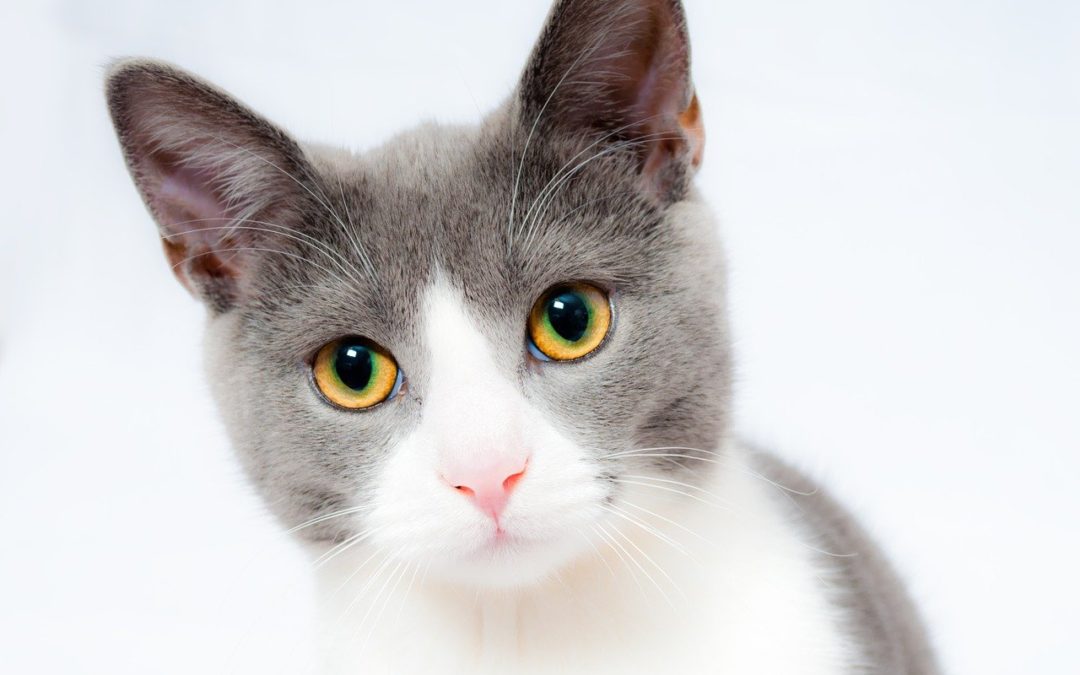Feline Hyperthyroidism
Billy Pullen, DVM, DACVIM (SAIM)
Anatomy
The thyroid gland consists of two thyroid lobes which lie on each side of the trachea. In normal cats, each lobe is about 4-8 mm wide and 10-20 mm long. The parathyroid glands, which has an external and an internal gland, are closely associated with the thyroid lobes. A small number of cats may have ectopic tissue in the cranial mediastinum or the sublingual region.
Pathophysiology
The majority of cats spontaneously develop autonomous thyroid nodules which then grow and form adenomas. These nodules are autonomous as they are not responsive to the normal feedback mechanisms to reduce thyroid hormone production. Approximately 2% of cats develop thyroid carcinoma however this percentage increases over time in cats managed medically for hyperthyroidism. The prevalence of hyperthyroidism in cats has consistently increased over the last 40 years but the underlying cause is yet to be determined. Factors such as iodine-deficient diets, or potentially exposure to other compounds such as flavonoids, pesticides, phthalates, or others have been postulated but not proven.
Clinical Signs
The most common signs noted include weight loss, increased appetite, vomiting, hyperactivity, increased water intake/urination, diarrhea, skin/coat abnormalities. Other signs may include nervousness or irritability, aggressiveness, reduced tolerance for stress. Rare complications include muscle weakness, “thyroid storm,” or “apathetic hyperthyroidism.”
Apathetic hyperthyroidism is a condition of decreased appetite and activity which resolves with treatment of hyperthyroid state. However about 18% of cats have non-renal co-morbidities such as GI lymphoma or chronic enteropathy. A fast heart rate is common, while signs of an arrhythmia or gallop rhythm are less common. Long-standing or poorly controlled hyperthyroidism increases the risk for cardiac disease.
Diagnosis
The minimum database is broadly considered to include a CBC, chemistry, urinalysis, total T4 concentration (TT4), blood pressure. Thoracic radiographs commonly note cardiomegaly. About 15% of cats will have hypertension.
Laboratory abnormalities may include polycythemia, stress leukogram, increased liver enzyme activity. Less commonly, azotemia, hypokalemia, hyperphosphatemia may be present. An increased TT4 is adequate in the majority of cats for the diagnosis of hyperthyroidism. Some cats with hyperthyroidism will have normal TT4. In those cases with a high degree of clinical suspicion, other diagnostic options include nuclear scintigraphy study, fT4, or T3 suppression test. A nuclear scintigraphy is considered the gold standard but is not widely available. Measuring fT4 alone has excellent sensitivity but only moderate specificity. In patients with a TT4 above 50% of the reference range, an elevated fT4 is consistent with hyperthyroidism. Utilizing TSH measurement can be helpful in eliminating hyperthyroidism in that a normal TSH means hyperthyroidism is highly unlikely.
Therapy
Treatment options include antithyroid medications (thioureylenes), radioactive iodine (I-131), surgical thyroidectomy, or dietary therapy. Thioureylenes inhibit thyroid hormone synthesis by inhibiting thyroid peroxidase. Methimazole is the most common drug in the US. Methimazole may be given orally or transdermally. Side effects may include anorexia, vomiting, lethargy. Less commonly, leukopenia, thrombocytopenia, anemia, facial pruritus, hepatotoxicity, bleeding disorder can occur.
I-131 works due to the uptake of the isotope by the thyroid follicular cells and concentrated in the colloid. The emission of Beta particles destroys functional thyroid tissue while the normal atrophied cells are spared.
Surgical thyroidectomy is not as commonly performed now that I-131 is broadly available. It is effective in rapid normalization of T4 activity and is more common for thyroid carcinoma (where high dose I-131 therapy cannot be performed). Complication can occur, such as hypothyroidism, incomplete excision, hypoparathyroidism (if both sides undergo surgery).
Dietary management requires a diet with less than 0.3 ppm iodine. Hill’s y/d is the only diet currently formulated to this standard. It is important that affected cats only consume this diet. In multi-cat households, normal cats may eat this diet but should be supplemented daily with a small amount of a maintenance diet.
Both methimazole and diet can be effective in controlling hyperthyroidism; however, they do not address the underlying disease process. I-131 or thyroidectomy are the only options for definitive therapy.
Hypothyroidism can occur as a complication of treatment of a hyperthyroid state. In many patients, this will resolve; however, a small number will remain hypothyroid, which will hasten progression of renal disease. Measurement of both TT4 and TSH is recommended in patients having undergone I-131 therapy or thyroidectomy.

